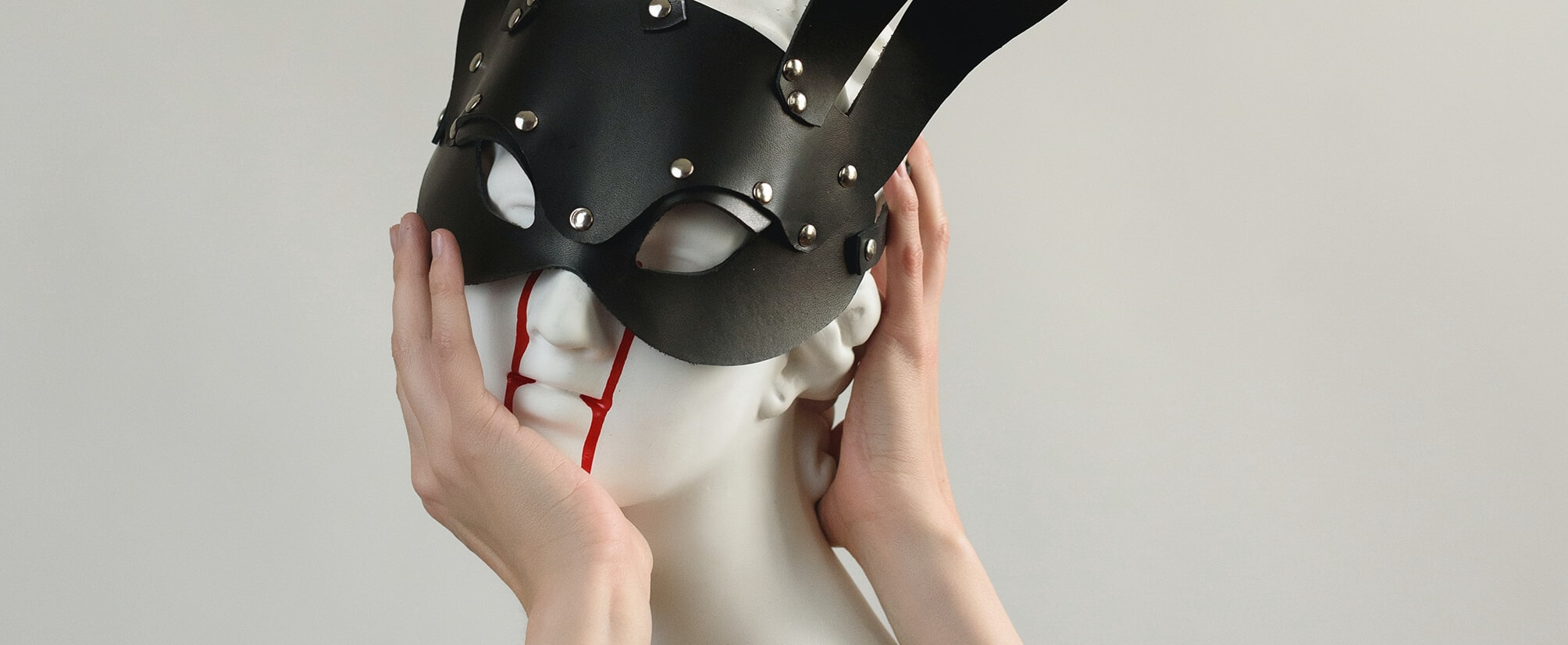In my quest for personal growth, I have found that true growth comes from embracing all of my facets. These days, self-discovery has a starring role in my adult life. The older I become, the closer I feel to becoming a complete person. Life experiences have coloured what used to feel like a blank slate. Embracing my complete identity has been one of my main pursuits, a journey where I confront my fears and desires.
This year, I delved into analytical psychology, particularly Carl Jung’s theories. Jung coined the term ‘shadow’ to describe the unrecognized aspects of ourselves—our fears, desires, and instincts. Acknowledging one’s shadow is not about indulging in darker impulses. Rather, it’s about bringing them into conscious awareness. Doing so, according to Jung, helps us make balanced life choices. Grasping this notion can lead to a state of wholeness. Be aware that this does not equate to ‘perfection’. It means embracing the ‘light’ and ‘dark’ facets of yourself. Jung argued that confronting our ‘inner darkness’ allows for significant growth. It promotes empathy, understanding, and a deeper connection to oneself and others.
Over the past year, I have faced my fears head-on. Reflecting on my behaviour and fears has offered me rational insights into my emotions. It reminds me of the ‘litany against fear’ from Frank Herbert’s Dune series.
“I must not fear. Fear is the mind-killer. Fear is the little-death that brings total obliteration. I will face my fear. I will permit it to pass over me and through me. (…)”
While grasping control over my fears, I have also begun exploring other shadow aspects, like my desires and instincts.
The concept of shadow has a counterpart in Jung’s theory—the ‘persona’. This is the mask we present to the world, a compromise between societal expectations and our true selves. It allows us to perform roles like family member, employee, or friend.
Especially as a queer individual, I have felt an ongoing tension between my shadow and persona. This conflict surfaces in various ways—how I talk, dress, and even the jewellery I wear. Society, even in its modern progressive inclinations, still clings to heteronormative expectations.
Despite the strides we make as a society towards inclusivity, the persona’s mask remains. There will always be expectations from society, and the extent to which we can let our mask slip. I have the privilege that find myself in a progressive and individualistic society, unchained by religious or conservative views and dogmas. My parents attached little importance to what society expected of them, and imparted this mindset to their children as well. But still, the society we live in is subject to ongoing debate about conventions.
Even in the many rich subcultures within the queer community, there are expectations and standards and superficial views abound. Unfortunately, even seemingly progressive circles can harbor prejudiced views like transphobia, racism, fatphobia, ableism, and misogyny. There is a whole lot to improve in terms of intersectionality.
As I near the end of my thirties, despite the tug of war between my persona and my shadow, I have never felt more accepted and inspired. My learning is in full bloom, especially concerning relationships, fetishism, sexuality, power dynamics, and redefining masculinity. I feel incredibly supported by my partner, who often finds my journey of self-discovery as astonishing as I do.
On this path, I have literally worn masks of various materials—textile, leather, neoprene. These masks brought me closer to my instincts and desires, essentially making my shadow flesh. It raises a poignant question: what is our true mask? The physical one or our persona?
As noted by the character Bill in Quentin Tarantino’s ‘Kill Bill Part Two’, Superman’s real identity is not Clark Kent; it is Superman. Clark Kent is the mask he wears to blend in.
“Superman didn’t become Superman. Superman was born Superman. When Superman wakes up in the morning, he’s Superman. His alter ego is Clark Kent. His outfit with the big red “S”, that’s the blanket he was wrapped in as a baby when the Kents found him. Those are his clothes. What Kent wears – the glasses, the business suit – that’s the costume. That’s the costume Superman wears to blend in with us. Clark Kent is how Superman views us.”
In the same vein, we must ask: Who are we really? Are we the masks we wear, or the personas we project?

—
This is the third and last part in a trilogy of articles with the theme ‘Duality’. The trilogy describes a recurring theme in my life; a clash between opposing forces. The articles detail about my struggles with subjects as fear, race and desire.
